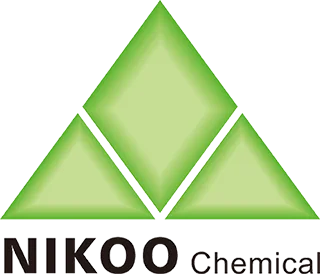Barrier Repair 101: Ceramides, Cholesterol & Fatty Acids – Your Skin's Sealant
Forget chasing the latest brightening fad. Healthy, resilient skin starts with a strong barrier. Meet the essential "mortar" holding your skin cells together: Ceramides, Cholesterol, and Fatty Acids.
Your skin barrier is like a brick wall. Skin cells (corneocytes) are the bricks. The lipid matrix filling the spaces – the mortar – is composed of roughly 50% ceramides, 25% cholesterol, and 15% free fatty acids. This lipid blend is crucial. It prevents water loss (keeping skin hydrated) and blocks irritants, pollutants, and microbes from entering.
When this barrier is compromised (by over-cleansing, harsh actives, weather, stress), you experience dryness, flakiness, redness, sensitivity, itchiness, and increased breakouts. Repairing it isn't about adding exotic extracts; it's about replenishing these fundamental lipids.
Ceramides: The most abundant barrier lipid. There are many types (often listed as Ceramide NP, AP, EOP, etc.), each playing a slightly different structural role. They are vital for cohesion and preventing water loss. Look for products listing specific ceramides.
Cholesterol: Stabilizes the lipid layers and supports barrier recovery. It's essential for the structural integrity of the mortar.
Free Fatty Acids: Help form the fluid, protective layers. Common ones include linoleic, linolenic, and oleic acids (often derived from plant oils like sunflower, safflower, or evening primrose).
Why You Need All Three: Studies show the most effective barrier repair comes from formulations containing an optimal ratio of ceramides, cholesterol, and free fatty acids (close to the skin's natural 3:1:1 or 3:1:1 molar ratio). Using ceramides alone isn't as effective as the complete trio working synergistically.
Signs You Need Barrier Repair:
◉Skin feels tight after cleansing
◉Increased sensitivity to products you used to tolerate
◉Persistent dryness or rough texture
◉Redness, irritation, or stinging
◉Skin reacts to environmental changes (wind, cold) intensely
How to Use Barrier Repair Products:
◉Simplify: Temporarily pause potent actives (retinol, high % acids).
◉Cleanse Gently: Use non-foaming, low-pH cleansers.
◉Look for "Barrier Repair" Focus: Serums or moisturizers explicitly stating they contain ceramides, cholesterol, and fatty acids in the ingredients list. Terms like "lipid replenish" or "skin-identical lipids" are good indicators.
◉Apply on Damp Skin: Helps lock in moisture.
◉Consistency: Use morning and night. Repair takes time (weeks to months).
◉Occlusion Helps: A thin layer of petrolatum or a rich balm overnight can accelerate healing.
Investing in barrier health isn't glamorous, but it's foundational. A strong barrier means better hydration, reduced sensitivity, improved resilience, and your other actives will work better on a healthy canvas.

Phone: +86 20 36028881
Fax: +86 20 36550567
Email:rebecca@nikoochem.com
WhatsApp: +86 13822397763
Add: No 1718, Airport Rd., Yuncheng St., Baiyun Dist., Guangzhou City, Guangdong, China 510000
